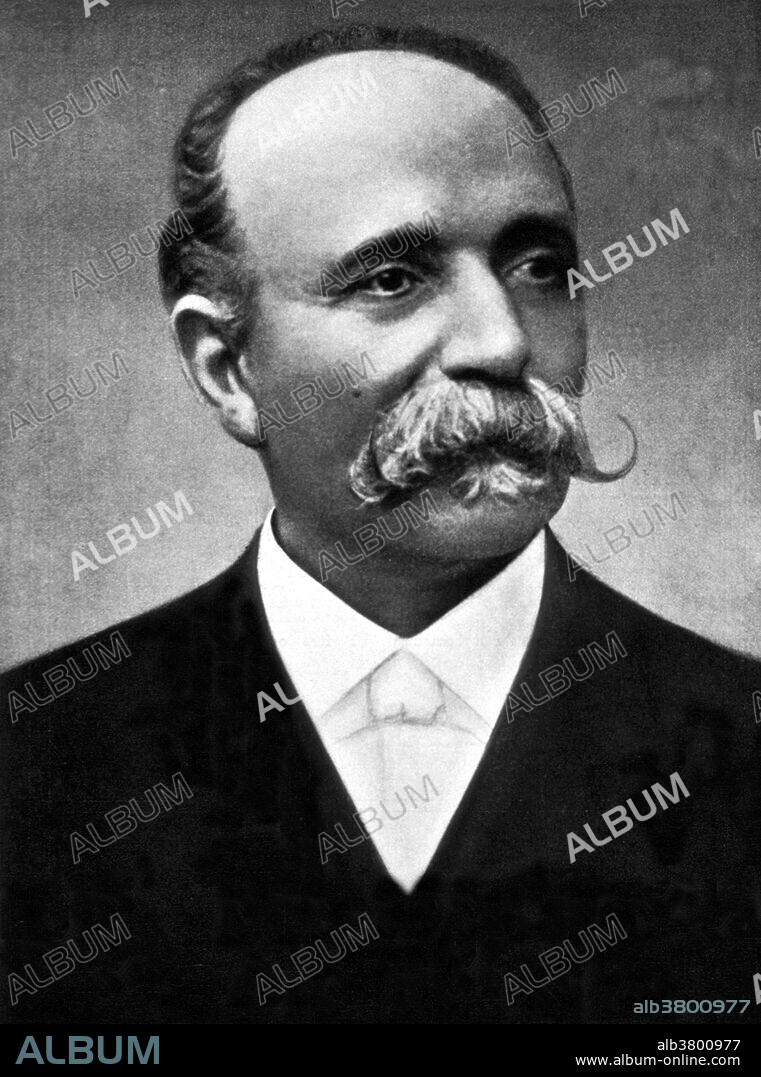alb3800977
Camillo Golgi, Italian Pathologist

|
Añadir a otro lightbox |
|
Añadir a otro lightbox |



¿Ya tienes cuenta? Iniciar sesión
¿No tienes cuenta? Regístrate
Compra esta imagen.
Selecciona el uso:

Título:
Camillo Golgi, Italian Pathologist
Descripción:
Traducción automática: Camillo Golgi (1843-1926) fue un médico, patólogo, científico y premio Nobel italiano (1906). Golgi dedicó gran parte de su carrera al estudio del sistema nervioso central. Descubrió un método para teñir (usando plata) tejido nervioso que teñiría un número limitado de células al azar, en su totalidad. Esto le permitió ver por primera vez las rutas de las células nerviosas en el cerebro. Llamó a su descubrimiento la "reacción negra", que más tarde recibió su nombre. Golgi también descubrió un órgano sensorial tendinoso que lleva su nombre, el receptor de Golgi. Estudió el ciclo de vida de Plasmodium y relacionó el momento de las fiebres tercianas y cuartanas observadas en la malaria con el ciclo de vida de los organismos; Plasmodium vivax y Plasmodium malariae. Golgi identificó en 1898 el aparato reticular intracelular que lleva su nombre, aparato de Golgi. Vivió hasta los 82 años y murió por causas naturales.
Camillo Golgi (1843-1926) was an Italian physician, pathologist, scientist, and Nobel laureate (1906). Golgi spent much of his career studying the central nervous system. He discovered a method of staining (using silver) nervous tissue which would stain a limited number of cells at random, in their entirety. This enabled him to view the paths of nerve cells in the brain for the first time. He called his discovery the "black reaction", which later received his name. Golgi also discovered a tendon sensory organ that bears his name, Golgi receptor. He studied the life cycle of Plasmodium and related the timing of tertian and quartan fevers seen in malaria with the life cycle of the organisms; Plasmodium vivax and Plasmodium malariae. Golgi identified the intracellular reticular apparatus in 1898 which bears his name, the Golgi apparatus. He lived to be 82 and died of natural causes.
Crédito:
Album / NLM/Science Source
Autorizaciones:
Tamaño imagen:
2850 x 3833 px | 31.3 MB
Tamaño impresión:
24.1 x 32.5 cm | 9.5 x 12.8 in (300 dpi)
Palabras clave:
1843 • 1898 • 1906 • 1926 • APARATO DE GOLGI • BLANCO Y NEGRO • CAMILLO GOLGI • CICLO DE VIDA • CIENCIA • CIENTIFICO • DOCTOR • EUROPEA • EUROPEAS • EUROPEO • EUROPEOS • FAMOSA • FAMOSO • FIGURA • FOTO • FOTOGRAFIA • GANADOR DEL PREMIO NOBEL • GENTE • HISTORIA • HISTORICO • HOMBRE • HOMBRES • IDENTIFICADOS • IMPORTANTE • ITALIANO • MASCULINO • MEDICO • NOBEL • PATOLOGIA • PERSONA • PERSONALIDAD • PERSONALIDADES • PLASMODIUM • PORTRAIT • PREMIO NOBEL • RETRATO DE HOMBRE • RETRATO • S. XX • SIGLO XIX • SIGLO XX
 Pinterest
Pinterest Twitter
Twitter Facebook
Facebook Copiar enlace
Copiar enlace Email
Email
